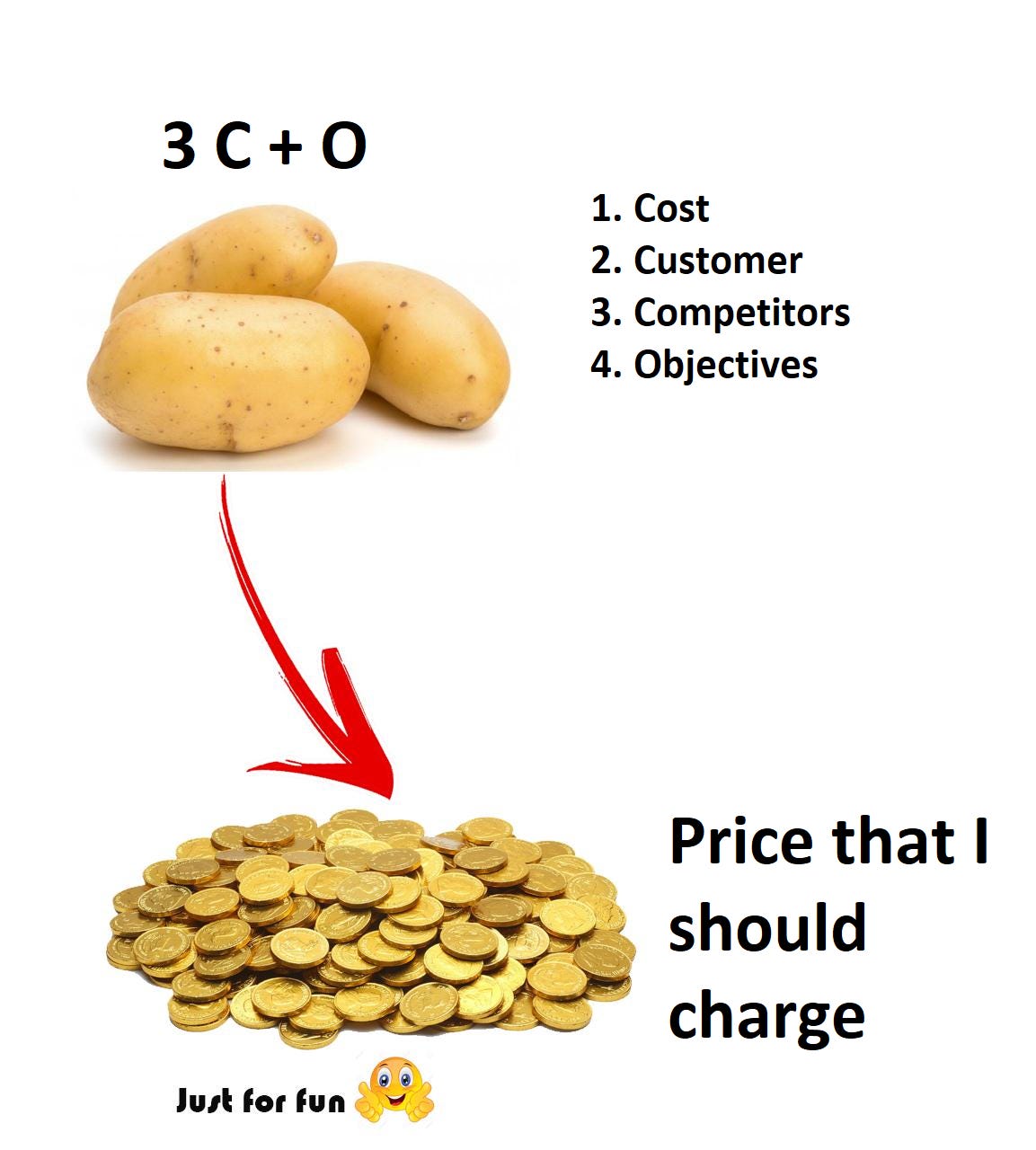1. Introduction
1. Introduction
Whenever I see India’s consumer internet space, I get more & more convinced that pricing is like an infinite jigsaw puzzle - extremely difficult to crack.
Incidentally, I had created a course on APIs for Product Managers before. While talking to users who purchased by course, pricing was the most demanded topic for next e-bok.
That made me write an e-book on pricing.
BTW, pricing is a complex phenomenon. It’s a mix of microeconomic principles, marketing theories, and human psychology.
Micro-economics + Marketing + Human psychology ➡ Pricing
So, I have decided to break this series on pricing into 3 parts -
- Part 1 (Classical economics) ➡ Pricing strategies for consumer tech companies
- Part 2 (Marketing) ➡ Pricing models for consumer tech companies
- Part 3 (Human psychology) ➡ Powerful pricing psychology hacks
1. Pricing strategies for consumer tech companies
I was reading Katherine Paine the other day. Katherine (CMO at News Group) made a very interesting observation on pricing (that almost blew my mind) - ‘The moment you make a mistake in pricing, you’re eating into your reputation or your profits.’
- What if you price your product less than what it should be? Maybe, you are leaving money on the table.
- What if you price your product more than what it should be? Maybe, you are losing out on sales.
Okay! But what’s that sweet spot? A price that generates maximum sales & revenue?
I wish pricing was a purely mathematical concept and had a simple answer like if you send a rocket with a minimum of 11.2 km/sec; it will escape the earth’s gravitational field but pricing is as much an art as it’s a science.
In the use case podcast with Ravish Bhatia, Dr. Sreelata Jonnalagedda (Associate Professor at IIM B), pitches a very basic (yet powerful) model to price a consumer tech product. She calls it 3C + O model
“You should know your costs, customers, competitors, and objectives to fix your price.”
- Cost ➡ You should know what your costs are.
- Customers ➡ You should know what your customers are willing to pay.
- Competitors ➡ You should know what your competitors are offering.
- Objectives ➡ What are you trying to achieve with your pricing? Are you building yet another food delivery app and want to enter an already crowded market or are you building a new category and are the first in the market?
Okay, wait! What if you know all these four inputs (3C + O) well? Can you use a mathematical formula & tell me about your pricing in a second. The answer is No. Pricing isn’t that simple! I wish it was like - 💩**

2. What are common pricing strategies?
Standard textbooks mention 5 common pricing strategies. Knowing these strategies helps you to frame your pricing at a broader level.
- Cost-based pricing
- Competitor based pricing
- Value-based pricing
- Price Skimming
- Penetration pricing
PS:- I haven’t covered classical microeconomics theory like supply, demand, elasticity curves, etc. It hardly comes in handy in real-life scenarios.
Let's deep dive into the course.